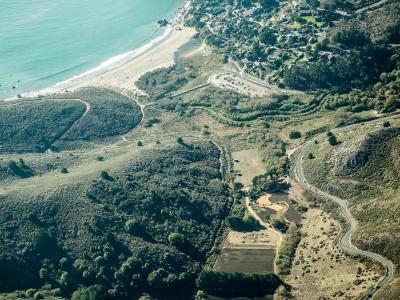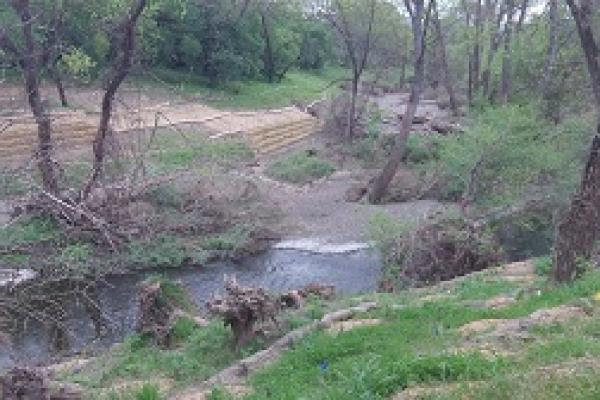Bioengineering and Floodplain Restoration Projects on the Russian and Napa Rivers Tour
Field Tour Coordinators:
Evan Engber, Bioengineering Associates
Jorgen Blomberg, ESA PWA
Tour Overview
Bioengineering Associates started the day with an overview of bioengineering techniques and a tour of two bioengineering restoration projects on the Russian River including the Asti winery and the Odd Fellows Recreation Club six miles upstream of Guerneville. The Odd Fellows project won the American Fisheries Society – Western Division – 2014 Award of Excellence in Riparian Management. These two sites feature a large number of bioengineering techniques used to rebuild large, damaged riparian areas including live willow brush mattresses; boulder, gravel and live willow brushlayer lifts; live willow staking; coir wrapped soil and live willow brushlayer lifts; live woven willow walls; as well as live willow vegetated boulder deflectors, siltation baffles used to restore a destroyed riparian flood terrace at Asti.
In the afternoon, ESA PWA led a tour of the Napa River Restoration Rutherford Reach project. The project was designed to protect and enhance fish and wildlife habitat, reduce bank erosion, enhance flood management, reduce Pierce’s disease pressure on vineyards and provide ongoing education about the Napa River and its watershed along the Rutherford Reach in Napa, California.
This project is one of the most ambitious agricultural landowner-initiated ecosystem restoration projects to date in California. The project enhances approximately 4.5 miles of habitat for endangered Chinook salmon and steelhead trout, using a combination of selective grading to create inset floodplain benches, instream structures (unanchored large woody debris), berm setbacks and invasive plant removal and native species revegetation.
The tour highlighted how integrated design elements function to restore physical and biologic processes to the Napa River. The floodplain benches, large woody debris structures, biotechnical stabilization, native revegetation and buried boulder grade control will enhance existing hydraulic, geomorphic and depositional processes associated with riffle/pool maintenance and development, refugia and establishment of native riparian vegetation. Enhancement of the physical processes throughout the reach will help sustain riffles over time and potentially improve spawning substrate and habitat conditions for multiple life-stages of salmonids.


